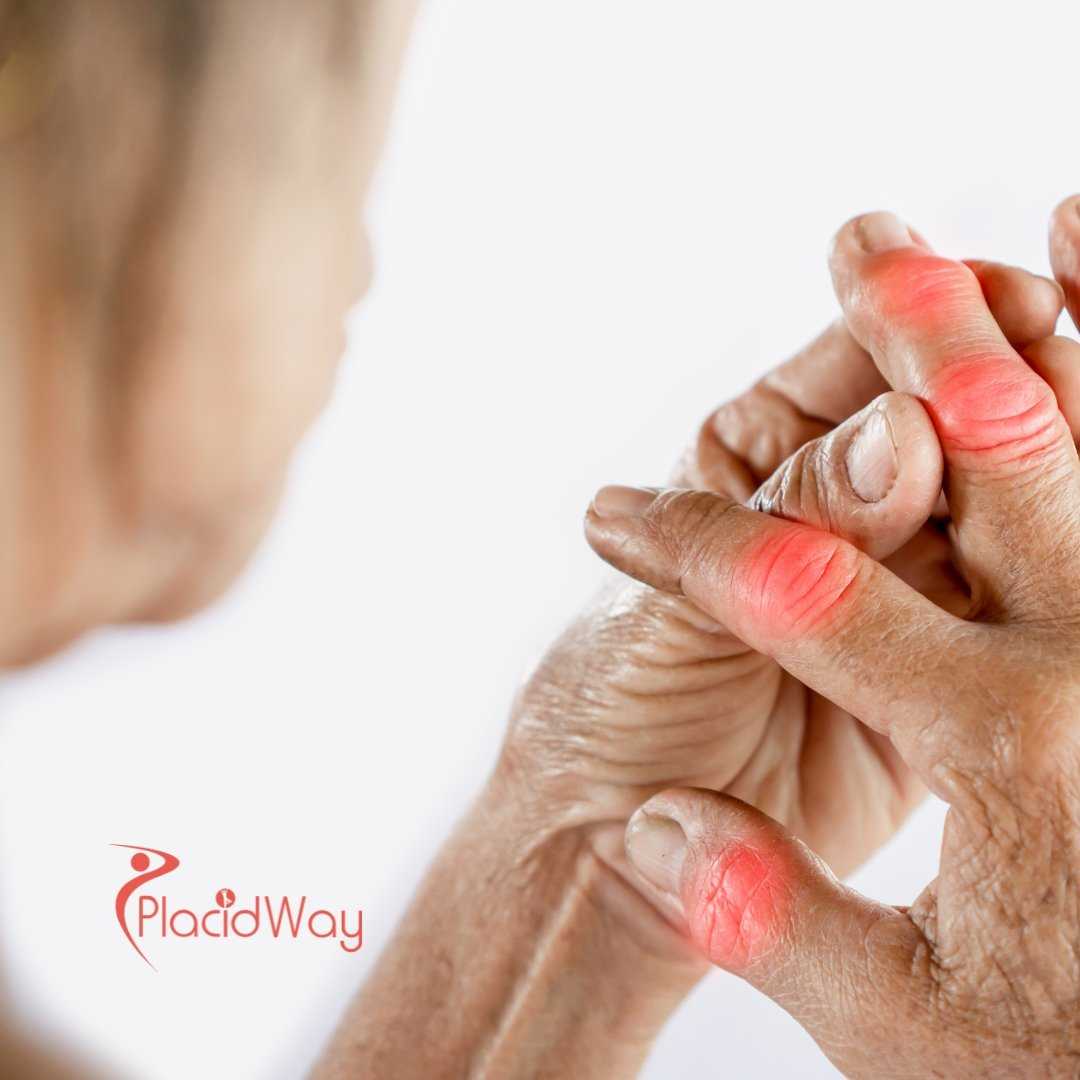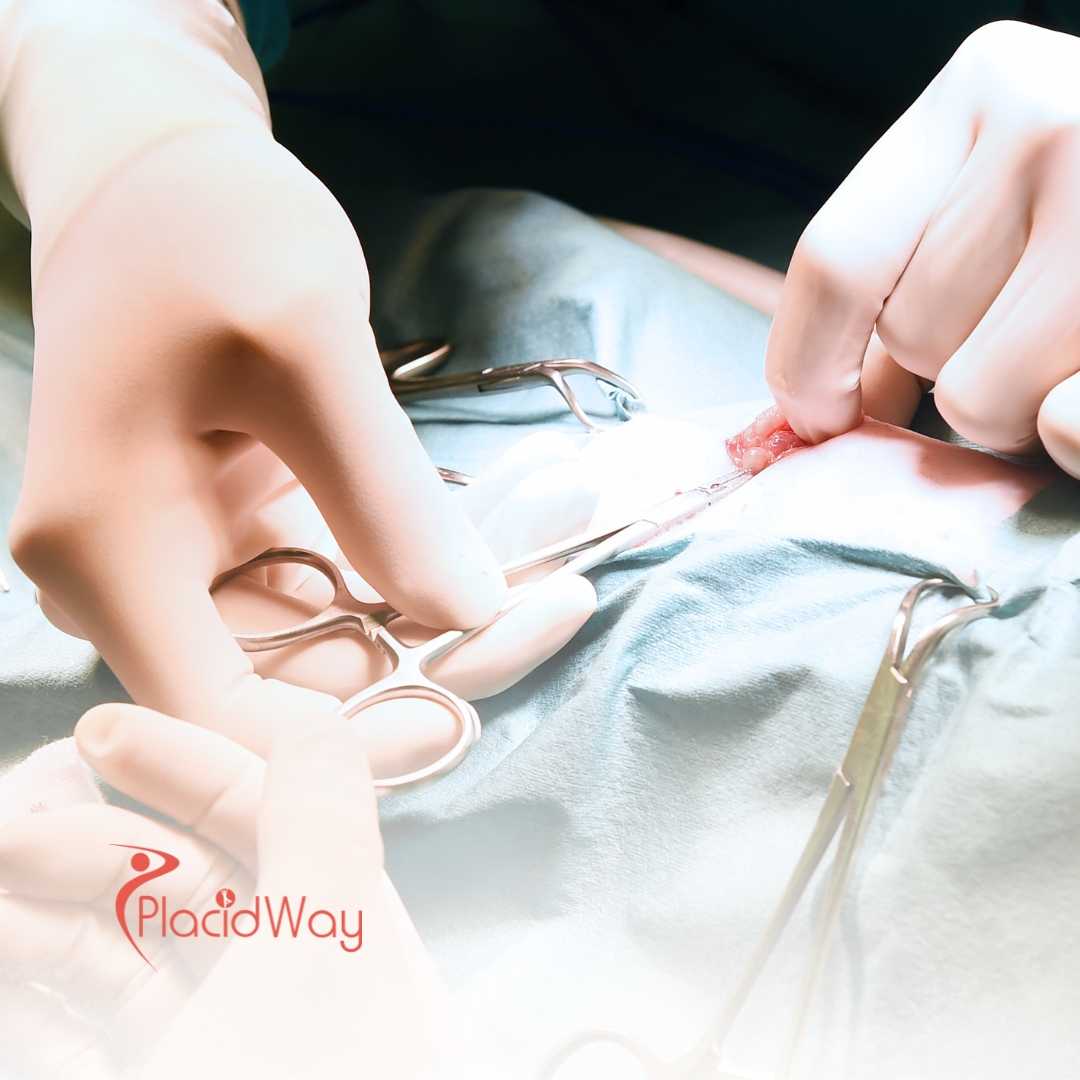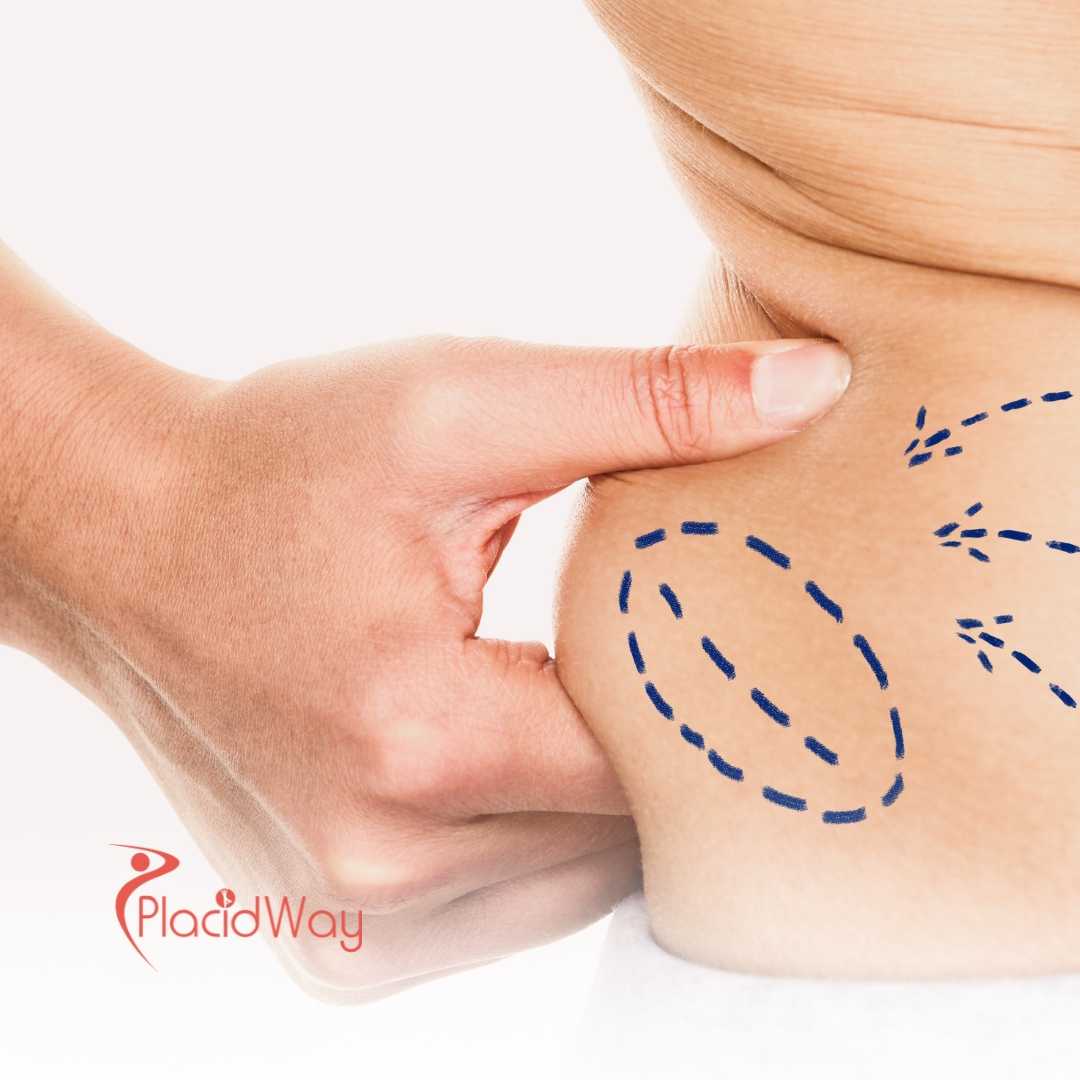.png)
Table of Content
Key Insights at a Glance
- The procedure is minimally invasive and offers quick recovery.
- Average cost of the treatment abroad is 50% lower than in the U.S.
- Risks include minor scarring and infection, with a high success rate overall.
- Clinics accredited by international boards provide safer, high-quality care.
- Patients typically need 1-2 weeks for full recovery post-surgery.
What is Mohs Micrographic Surgery?
Mohs Micrographic Surgery is a highly effective procedure used primarily for treating skin cancers, including basal cell carcinoma and squamous cell carcinoma. This technique involves the precise removal of cancerous tissues while preserving as much healthy tissue as possible. It is known for its high success rate, meticulous approach, and the ability to minimize scarring.
Symptoms of Skin Cancer
- Changes in skin appearance or texture
- Development of new moles or significant changes in existing moles
- Skin lesions that do not heal
- Red patches that might itch or bleed
- Unusual skin sensations like tenderness or pain
Latest Types of Mohs Micrographic Surgery Available in the World
| Type | Description | Advantages |
|---|---|---|
| Traditional Mohs Surgery | Standard method using local anesthesia | High accuracy, minimal tissue loss |
| Modified Mohs Surgery | Uses additional staining techniques | Improves detection of cancer cells |
Safety Concerns for Mohs Micrographic Surgery Abroad
- Verification of clinic accreditations and surgeon certifications
- Understanding post-surgery care and local healthcare standards
- Language barriers and communication with healthcare professionals
- Risks of travel-related complications or infections
Benefits of Mohs Micrographic Surgery Abroad
- Cost-effective treatment options compared to home countries
- Access to specialized dermatological surgeons
- Opportunity to recover in a vacation-like environment
- High-quality care at internationally accredited facilities
Risks Associated with Mohs Micrographic Surgery Globally
- Possible infection at the incision site
- Scarring, although typically minimal
- Rare chance of cancer cells being missed
- Need for additional treatments if margins are not clear
Procedure of Mohs Micrographic Surgery
| Step | Description |
|---|---|
| 1. Anesthesia | Local anesthesia is administered to the affected area. |
| 2. Layer Removal | The visible cancerous tissue is surgically removed in layers. |
| 3. Lab Analysis | Each layer is examined under a microscope to check for cancer cells. |
| 4. Additional Layers | If cancer cells are found, the process repeats until no more cancer cells are detected. |
| 5. Wound Management | The wound is then cleaned, treated, and bandaged. |
Aftercare and Recovery Tips for Mohs Micrographic Surgery
After undergoing Mohs Micrographic Surgery, proper aftercare is crucial for healing and minimizing the risk of complications. Here are some key recovery tips:
-
Keep the Area Clean and Dry: Gently cleanse the treated area with mild soap and water, and avoid soaking it in water (e.g., swimming pools, hot tubs) for several days post-surgery.
-
Apply the Recommended Ointment: If your doctor has prescribed any ointments or creams, apply them as directed to promote healing and prevent infection.
-
Avoid Sun Exposure: For several weeks after your surgery, avoid direct sunlight on the treated area. UV rays can cause pigmentation changes and increase the risk of scarring. Always wear sunscreen with SPF 30 or higher when going outside.
-
Minimize Physical Activity: For the first few days, avoid strenuous activities and exercises that could put pressure on the treated area. It’s best to rest and allow your body to heal.
-
Avoid Scratching or Rubbing the Area: Itching is common as the skin heals, but avoid scratching or rubbing the treated area to prevent irritation and scarring.
-
Follow-Up Appointments: Attend any scheduled follow-up appointments with your surgeon to monitor the healing process. The surgeon will check for signs of infection, and if necessary, may schedule further treatments or adjustments.
-
Monitor for Signs of Infection: While infection is rare, keep an eye out for increased redness, swelling, warmth, or drainage at the surgery site. Contact your doctor if you notice any signs of infection.
Travel Tips for International Patients Getting Mohs Micrographic Surgery
If you are traveling abroad for Mohs Micrographic Surgery, careful planning can help ensure a smooth experience. Here are some helpful travel tips:
-
Bring Essential Documents: Carry your passport, medical records, and any details regarding your skin condition or previous treatments. Providing the clinic with your medical history in advance can help them assess your situation more accurately.
-
Wear Loose, Comfortable Clothing: After the surgery, you may be advised to wear loose clothing that doesn’t put pressure on the treated area. Comfortable attire is important for your recovery, especially if the surgery is on your face or another sensitive area.
-
Arrive a Few Days Before the Procedure: Arriving 2-3 days before your surgery allows your body to adjust to the local time zone and reduces travel fatigue before your procedure.
-
Packing Essentials: Bring prescribed aftercare products such as ointments, bandages, or creams, as well as any personal hygiene items you may need during recovery. It’s also helpful to bring sunscreen (SPF 30 or higher) and any medication you take regularly.
-
Stay Hydrated and Rest: Traveling can be physically taxing, so drink plenty of water and rest as much as possible. Avoid long flights or sitting for prolonged periods to reduce the risk of swelling or discomfort after the surgery.
-
Consultation Before Traveling: It’s highly recommended to have a consultation with your clinic (via PlacidWay) before traveling. This ensures that you are fully informed about the procedure, aftercare, and any other relevant details.
Is Mohs Micrographic Surgery Safe?
Mohs Micrographic Surgery is one of the safest and most effective treatments for skin cancer. Here’s why Mohs surgery is considered safe:
-
Highly Targeted Procedure: Mohs Micrographic Surgery involves removing thin layers of skin tissue one at a time and examining them under a microscope. This technique ensures that all cancerous cells are removed while preserving as much healthy tissue as possible.
-
Vetting Process at PlacidWay: Clinics listed on the PlacidWay platform undergo a strict vetting process to ensure they meet the highest standards of care. PlacidWay partners with accredited clinics that follow the latest medical protocols, ensuring your surgery is performed safely and with precision.
-
Low Risk of Complications: Mohs surgery has a low risk of complications, and it offers a high success rate for treating skin cancer. The procedure’s precision minimizes the removal of healthy tissue, leading to smaller scars and faster recovery.
-
Effective for Skin Cancer Treatment: Mohs surgery is often considered the gold standard for treating skin cancers like basal cell carcinoma and squamous cell carcinoma. It provides a high cure rate, especially for cancers that occur in areas where preserving cosmetic appearance is important.
-
Post-Treatment Care and Monitoring: After the surgery, your clinic will provide you with detailed aftercare instructions to help you recover quickly and reduce the risk of complications. Follow-up appointments will be scheduled to monitor the healing process and check for any signs of recurrence.
Mohs Micrographic Surgery is a safe, effective treatment that offers excellent outcomes for patients with skin cancer. By choosing a trusted clinic through PlacidWay, you can be assured that you’re receiving the best care for your skin cancer treatment.
Cost of Mohs Micrographic Surgery in the World | Compare Prices
| Country | Cost |
|---|---|
| Mexico | $1,200 |
| Turkey | $1,000 |
| Thailand | $1,500 |
| Colombia | $1,100 |
| India | $900 |
| Austria | $2,000 |
| USA | $3,500 |
| UK | $2,800 |
Find Prices for Mohs Micrographic Surgery Near You
FAQs Related to Mohs Micrographic Surgery Abroad
What does Mohs Micrographic Surgery cost without insurance?
The cost of Mohs Micrographic Surgery without insurance can vary significantly depending on the country, ranging from $900 to $3,500.
What is the success rate of Mohs Micrographic Surgery?
Mohs Micrographic Surgery boasts a success rate of up to 99% for certain types of skin cancer, making it one of the most effective treatments available.
How long does the procedure take?
The duration of Mohs Micrographic Surgery can vary, typically lasting between 2 to 4 hours depending on the complexity and size of the cancerous area.
What are the qualifications of surgeons performing Mohs Surgery abroad?
Surgeons performing Mohs Surgery abroad are often highly trained and certified, with many holding international accreditations.
Is there a need for follow-up after undergoing Mohs Surgery?
Yes, follow-up appointments are crucial to ensure proper healing and to monitor for any signs of recurrence.
Book Your Mohs Micrographic Surgery Consultation Today
Considering Mohs Micrographic Surgery abroad? PlacidWay can help connect you with top-tier clinics around the world, ensuring you receive high-quality care at affordable prices. Start your journey to recovery and enhanced well-being today!
Skin Care, Skin Rejuvenation










Share this listing